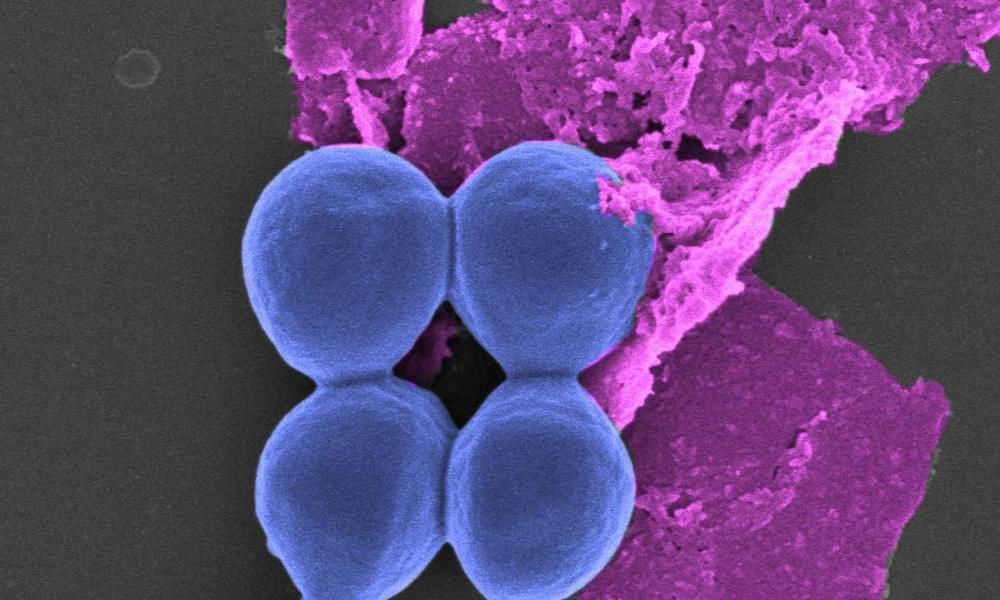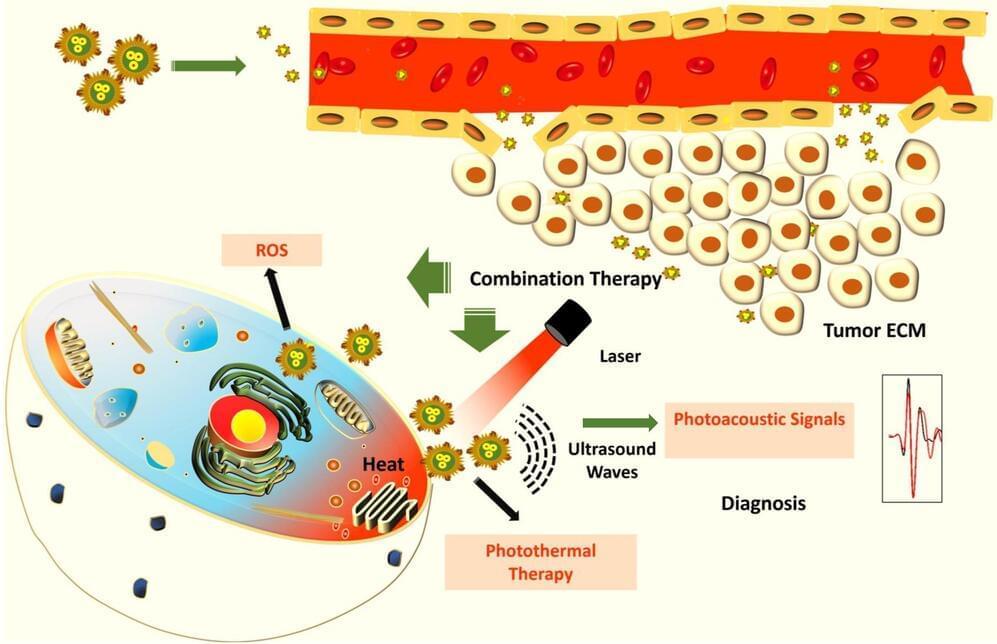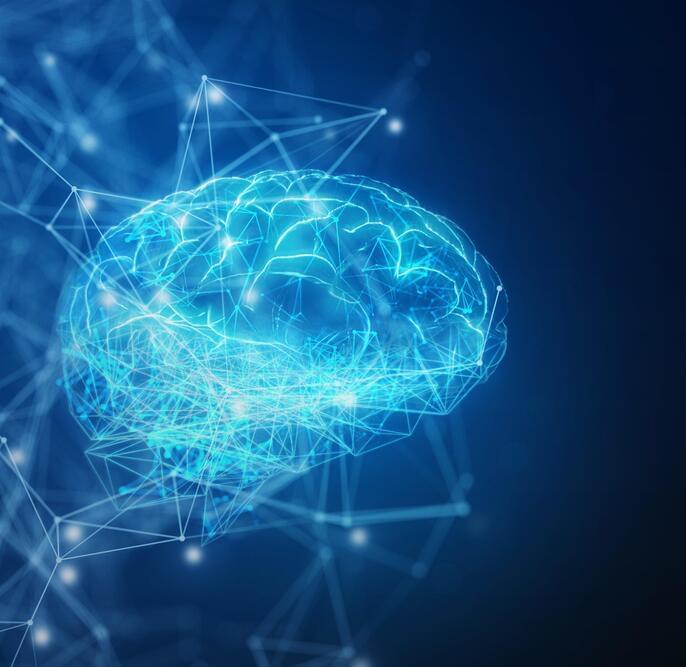Similarly, individuals who were diagnosed with diabetes at the age of 40 years died ten years earlier, and those diagnosed at the age of 50 died six years earlier than their healthy counterparts.
A robust association was established between earlier age of diabetes diagnosis and deaths due to vascular and non-neoplastic conditions. Common vascular diseases include stroke and myocardial infarction, while non-neoplastic conditions include neurological, respiratory, and infectious diseases.
The association between life expectancy and diabetes was marginally greater in women than in men. Compared to older adults, higher hazard ratios for mortality were associated with earlier age of diabetes detection.








